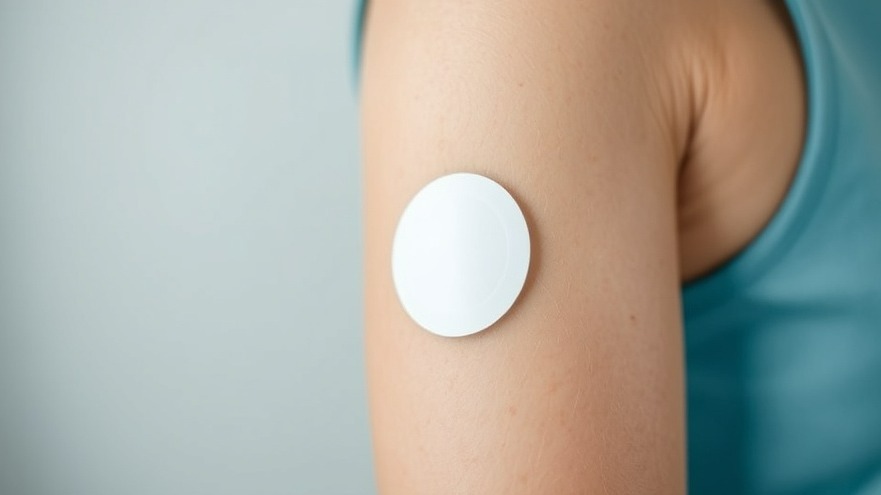
Advancements in Non-Invasive Glucose Monitoring: A Game Changer for Patients
Recent innovations in medical technology have led to significant advancements in the way we monitor blood glucose levels. A remarkable new development from RSP Systems in Denmark, in collaboration with experts from Germany, has introduced a non-invasive glucose monitoring (NIGM) system using Raman spectroscopy. This cutting-edge device drastically reduces the calibration period required for accurate glucose readings from weeks to just two days, a critical enhancement for diabetes management.
The Burden of Traditional Blood Glucose Testing
For many living with type 2 diabetes, the daily reality includes painful finger pricks used for blood sampling. This method not only causes discomfort but can also lead to long-term skin issues such as scars and calluses. The shift towards a non-invasive approach addresses these concerns, allowing patients to monitor their glucose levels without invasive procedures. Traditional methods require extensive calibration, making them less hospitable for regular use, especially in busy lifestyles that prioritize immediacy and convenience.
How Raman Spectroscopy Works in Glucose Monitoring
Raman spectroscopy is a technique that leverages light scattering to analyze molecular vibrations, which can indicate glucose concentrations in the body. It has been touted for its potential in non-invasive testing but has faced challenges in sensitivity and specificity. The new model from RSP Systems tackles these issues, achieving impressive results through its pre-trained calibration model, which requires only ten measurements to accurately calibrate the device.
Clinical Trials: Promising Results
The efficacy of this new monitoring system was tested on 50 volunteers with type 2 diabetes in a controlled clinical environment. The results demonstrated a consistent correlation between the readings obtained via the new device and those from conventional blood sample tests, showcasing its potential to replace traditional methodologies. By addressing a major pain point in diabetes management, this innovation encourages adherence to monitoring practices, which is crucial for holistic patient care.
The Implications for Healthcare Practitioners
For healthcare practitioners specializing in diabetes care, this technology advancement represents a significant leap forward. It not only opens avenues for more accurately tracking patients' health but also empowers patients to take more control of their condition. As concierge health practitioners, incorporating such innovative devices into practice can aid in the delivery of personalized care while enhancing patient satisfaction and overall health outcomes.
Looking Towards the Future
The implications of this non-invasive glucose monitoring device extend beyond immediate patient care. As the prevalence of diabetes continues to rise—exacerbated by sedentary lifestyles and dietary patterns—this technology could become integral in managing this chronic condition. Continuous glucose monitoring can lead to better medication management and lifestyle adjustments informed by real-time data. Practitioners should keep a close eye on these trends as they evolve, potentially incorporating these technologies into their practice when available.
Actionable Insights for Practitioners
Concierge health practitioners should consider the following: 1) Stay updated on the developments in NIGM technologies and their FDA approval status, 2) Educate patients on the benefits of non-invasive monitoring, and 3) Be prepared to incorporate these devices into regular diabetic care plans for improved health outcomes.
Conclusion: Embrace the Change
In conclusion, the introduction of non-invasive glucose monitoring systems like the one from RSP Systems represents a significant technological advancement that could revolutionize diabetes management. As this innovation gains traction, practitioners should be proactive in adapting to these changes, ensuring they provide the best care possible for their patients.
 Add Row
Add Row  Add
Add 






Write A Comment